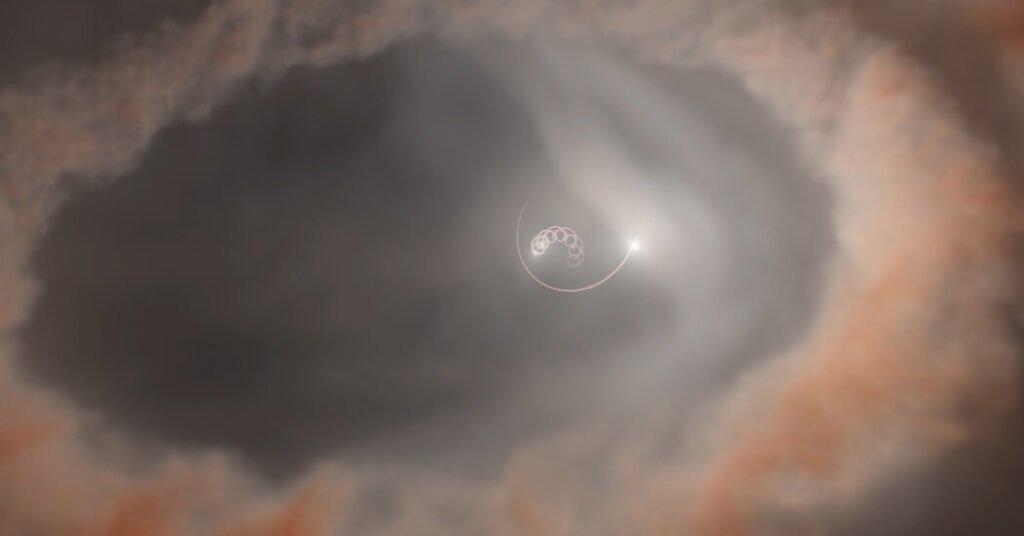The solar system we live in is unique from our perspective because life exists in this one small spot of space in the Milky Way. This existence of life is powered by the sun, around which all the planets revolve. Imagine a system of not one, not two, but four days. The systems are close together, and astronomers speculated that there were four stars in the system until three eclipsed the fourth. Astronomers have discovered, for the first time, a unique system with two binary stars orbiting each other and a larger star orbiting both.
HD 98800 is located 150 light-years away in the constellation TW Hydrae. Both stars rotate around each other in one day, much like the Earth completes one rotation in 24 hours. Both suns together weigh 12 times the mass of our sun. As far as we know, this is the first of its kind to be found. We know of many tertiary galaxies (three-star galaxies), but they are usually very small. The massive stars of this triple system are so close that it is a compact system, “said Alejandro Vigna-Gomez of the Niels Bohr Institute at the University of Copenhagen.
Alejandro worked with fellow researcher Bin Liu from China to find answers to the question of how this unique combination of a binary star cluster and a rotating larger star formed. Researchers were puzzled by the presence of a third star in the system, which is 16 times the mass of our Sun and has a circular inner orbit that orbits both stars six times a year.
Thanks to its high brightness, the system was first discovered by a community of amateur astronomers who obtained data from NASA’s Transiting Exoplanet Survey Satellite Observatory. At first, they thought it was an anomaly, and learned that professional astronomers confirmed that it was a unique triple star system. The two researchers crunched the data and ran 1,00,000 iterations on a supercomputer to evaluate the most likely outcome of this scenario.


